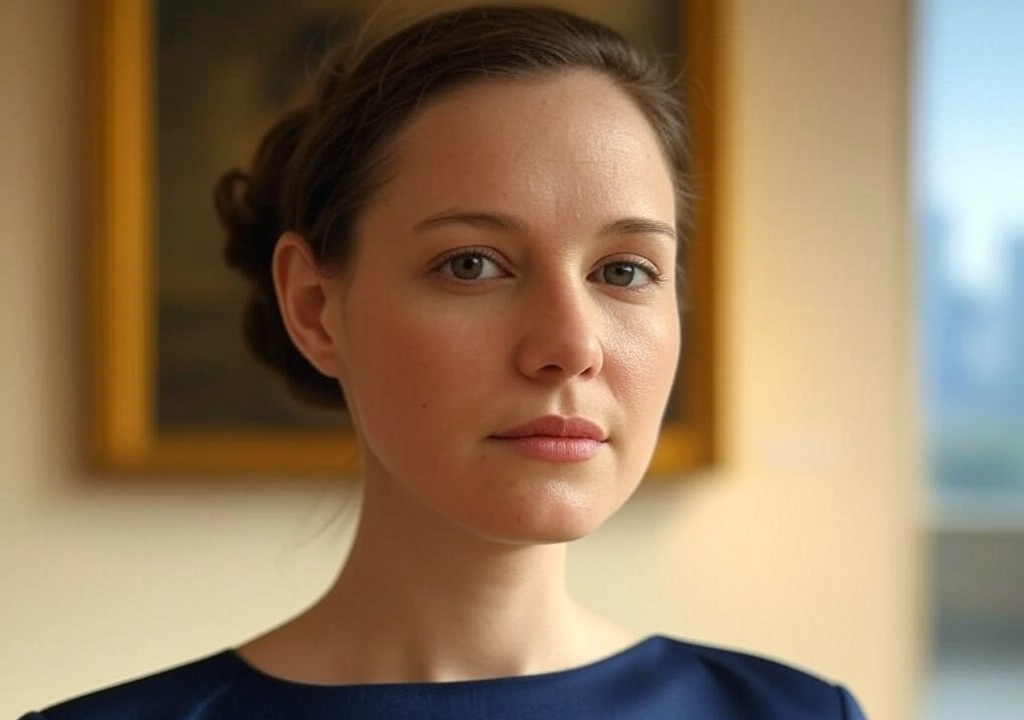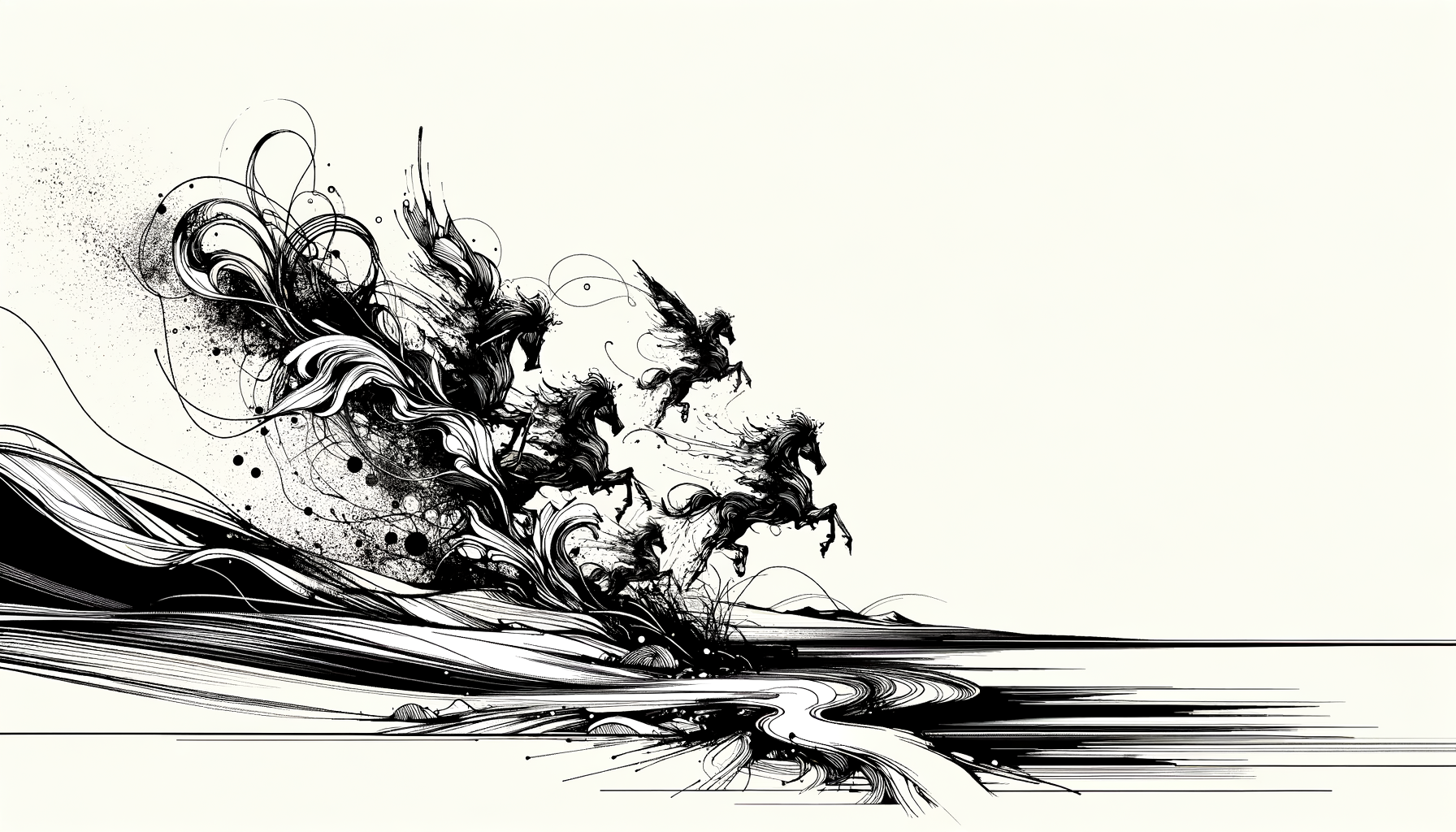“I could curate an exhibition on the Impressionists in my sleep,” I thought as I sat at my desk, staring at a blank Word document. Still, no amount of Monet or Degas could prepare me for the curveball my editor had lobbed into my carefully structured universe: “Write about the time you almost got it wrong.”
Almost? I wanted to protest. That’s cute. Let’s talk about the time I flat-out got it wrong — the hardest piece I’ve ever written, the one that nearly ended me.
This wasn’t your typical writer's block scenario—this was a mountain of self-doubt, tinged with ego, layered with the fear of failing publicly. And so, armed with my story of transformation and a lot of reluctant self-reflection, I give you the tale of a piece about love, art, and vulnerability that became my masterclass in humility.
Blank Canvas, Full Panic: Where It All Began
They say write what you know, but what happens when what you know unravels? A couple of years ago, I was assigned to write an article about “the art of recognizing toxicity in relationships.” A delicious metaphor, marinated in art history, right? Oh, I had ideas—bold, glitzy, impressive ones, dripping with references to Caravaggio’s chiaroscuro and Picasso’s Blue Period. I was ready to make toxicity look chic—not relatable.
My editor’s pitch was clear: “Make it practical, make it resonate.” But somewhere between overthinking and over-Googling, my confidence vaporized like champagne bubbles at a gallery opening. I’d boxed myself into a corner, determined to churn out perfection but forgetting the one thing relationships—and writing—demand above all else: authenticity.
Cue the existential spiral. My drafts sounded like they were ghostwritten by an art critic from the 1920s: unnecessarily formal, distant, and—to put it bluntly—a bit snooty. I convinced myself that the only way to get this piece right was to billboard my intelligence, as if that would make up for my glaring insecurities. Ironically, my deadline and I were now in a toxic relationship of our own.
The Big (and Humbling) Breakthrough
The moment came after a late-night spiral. My kitchen floor (the Upper East Side equivalent of a therapist’s couch) had become my haven. I sat there, wine glass in hand, scrolling aimlessly through a string of missed calls from my ex. We had recently parted ways, and the breakup felt…gut-wrenchingly murky—as toxic relationships often are.
Then it hit me. The article I was struggling to write already existed—in the wreckage of my own life. I wasn’t creating some grand metaphor for "toxic partners"—I was avoiding my own reflection. My mind raced back to months of walking on eggshells, of apologies served as appetizers to arguments, of waiting for the warm glow of love that never quite arrived. If my life were a painting, it wasn’t a Degas ballerina—it was a Pollock: chaotic, layered, a bit of a mess, but ultimately fascinating.
So, I did what I do best: I told the truth, and I borrowed from my personal gallery of regrets. The parallels between love and art began flowing organically—not like taking notes at an auction, but in the way we all see fragments of ourselves in the world around us. Toxic dynamics are a bad piece of modern art: striking at first glance, but the longer you stare, the less it makes sense. And yet we insist on trying to reinterpret it, hanging it back on the wall of our lives because we think we can fix it.
Lessons in Vulnerability (From the Page, to Life Itself)
The rewrites came easily once I dropped the act and embraced imperfection. It wasn’t just about penning a relatable piece—it was confronting how performative I’d become, assuming anyone would take me seriously only if I framed my pain as exhibit-worthy.
Here’s what I learned during that debacle (and hey, maybe this applies to life as much as writing):
- People value honesty over polish. Showing your scars may feel terrifying, but in love, as in creativity, vulnerability resonates. No one’s moved by a relationship—or an essay—that feels sterile.
- You don’t need to over-complicate the story. The simplest truths often hold the most weight. It's okay to be direct: “This hurts, this isn’t working.” Art doesn’t always need layers of lacquer to connect.
- Audiences crave reflection, not perfection. Whether we’re talking about a tumultuous romance or a Mediterranean landscape, the beauty is in the imperfection. Wabi-sabi, darling. It’s a vibe—and frankly, a life philosophy.
The Article That Changed Me
When the finished piece finally went live, something incredible happened: my inbox filled with messages. Strangers wrote to me about their own near miss with their Pollock-esque partners—thanking me for skipping the gallery elitism and finally talking like a real person.
One woman said she left an otherwise beautiful but manipulative relationship of three years after reading it. Another told me it helped her understand the clutter of self-doubt left by her ex “wasn’t her problem to clean up.” Neither would’ve connected if I’d stuck to the glaze-and-gilded approach I originally planned.
But perhaps the most meaningful note came from my best friend. “Finally,” she texted, not even bothering with punctuation. “Finally, you sound like yourself.”
I returned to that article so many times afterward—not to marvel at my work, but to remind myself what it felt like to rip cliché from the jaws of fear. It wasn’t the essay I planned, but it was the one I needed.
Take This With You (Like a Favor at a Wedding)
The hardest pieces in life—whether it’s writing that makes your ego self-combust or relationships that chip away at your sense of worth—are usually the ones that leave the most gorgeous fingerprints on your soul. Growth isn’t always graceful, and isn’t that beautiful?
So, to anyone afraid of showing up in raw, unvarnished form: Do it anyway. Tell the unpolished story, have the hard conversation, leave the bad romance behind, or simply, write the piece. You’ll show yourself—and everyone else—that what’s real matters far more than what’s “perfect.”
After all, some of the strongest bonds (and most memorable art) start with a little bit of chaos.




















